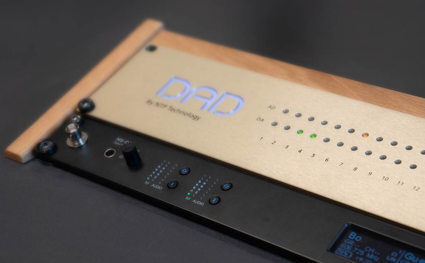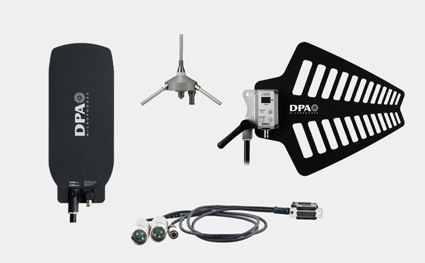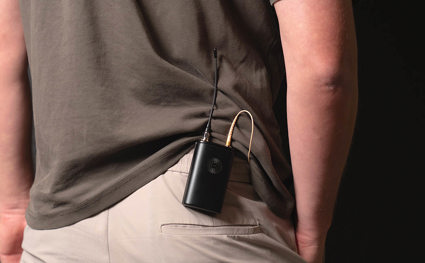A guide to pro wireless audio - Part 3: Analog systems
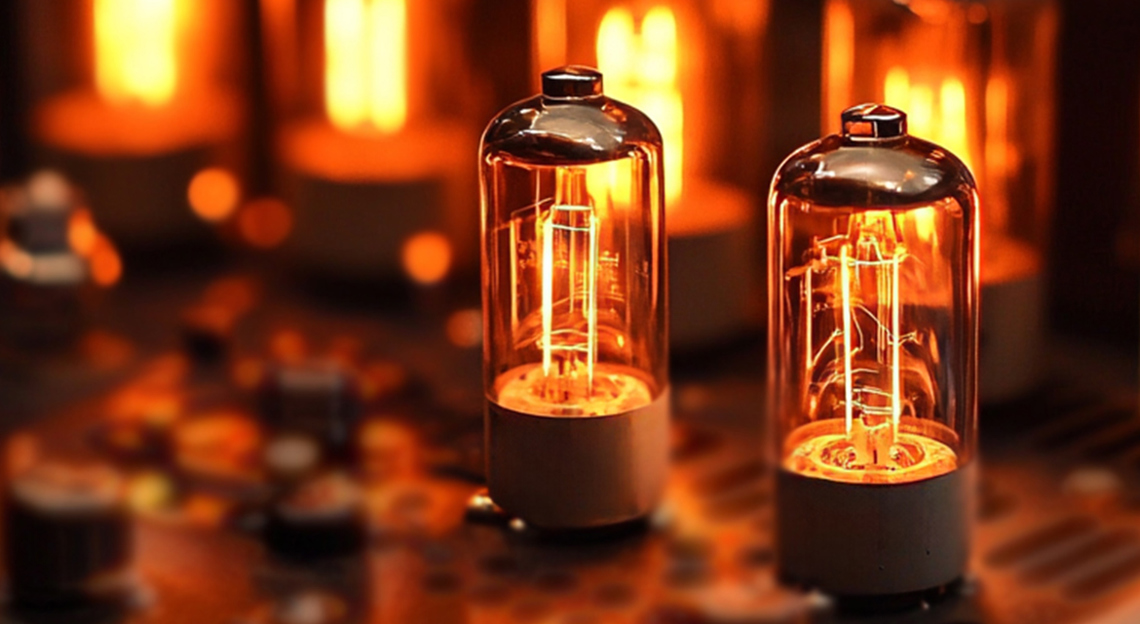
FM modulation
Whether transmitting in the UHF range, frequency modulation (FM) of the carrier wave is used. This modulation type is characterized by the fact that, within certain limits, it is possible to maintain a constant AF level even if the RF level varies. Without AF, the carrier is emitted as a single frequency. This is called an empty carrier. With AF, the carrier wave will deviate from the carrier frequency depending on the magnitude of the AF signal. The stronger the AF signal, the greater the frequency deviation. A large frequency deviation also means a good signal-to-noise ratio.
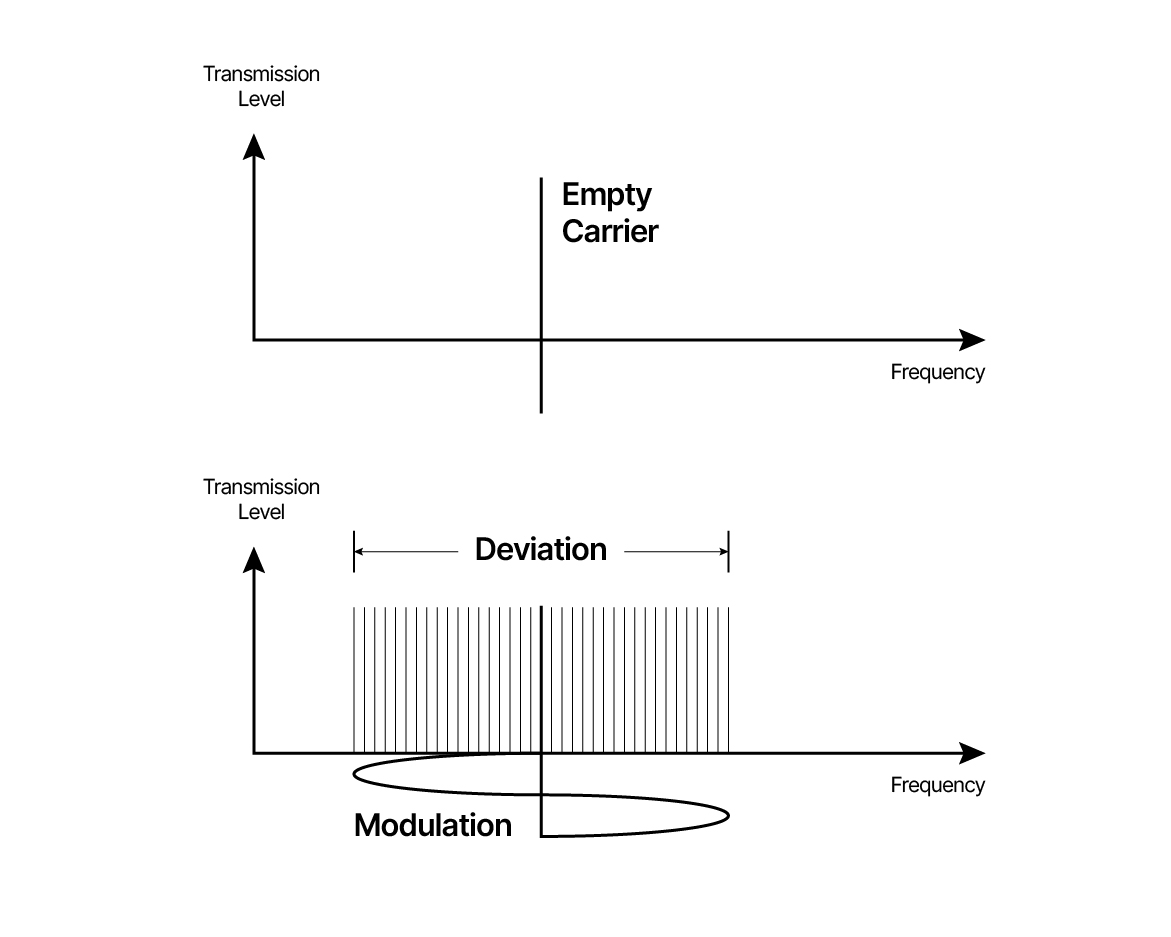
Figure 3.01. Carrier wave without – and with – modulation.
The carrier wave can be modulated directly by the analog signal – or (with some limitations) – by a digital code emulation, such as used with digital systems. However, all signals in the air are analog!
Narrowband/wideband
For analog broadcast-quality audio transmission, the nominal frequency deviation is ±40 kHz (at the working level of the AF signal), while the upper limit is set to ±75 kHz (the peak level of the AF signal). This limit must not be exceeded as it may cause interference to neighboring channels. For this reason, the analog transmitter is always equipped with a limiter circuit in the AF chain.
Similar peak-level limits also apply to general FM radio transmission.
The quality requirements are generally lower in certain types of installations (tour guide equipment, etc.) – a lower signal-to-noise ratio, corresponding to reduced frequency deviation, can be used. In this case, the working level corresponds to a frequency deviation of ±8 kHz and the peak level to ±15 kHz. Using these lower requirements, one high-quality (wideband) channel can accommodate three lower-quality narrowband channels.
Emphasis
A pre-emphasis of the AF signal is usually introduced to achieve the best possible signal-to-noise ratio. This pre-emphasis is based on the fact that high energy is rarely transmitted at high frequencies. Therefore, a general boost of the high frequencies is introduced ahead of the modulation of the transmitter. Correspondingly, the high frequencies are lowered after the demodulator in the receiver.
The time constant is typically 50 µs in European countries and 75 µs in the Americas, which means a boost from 3180 Hz (Europe) or 2120 Hz (US) upwards. (Precisely, the same technique is used for regular FM radio broadcasting).
(The emphasis filter applied consists basically of a resistor and a condenser. The time constant (τ) equals the value of the resistor (R, ohm) multiplied by the value of the condenser (C, Farad). The unit for the result is Seconds).
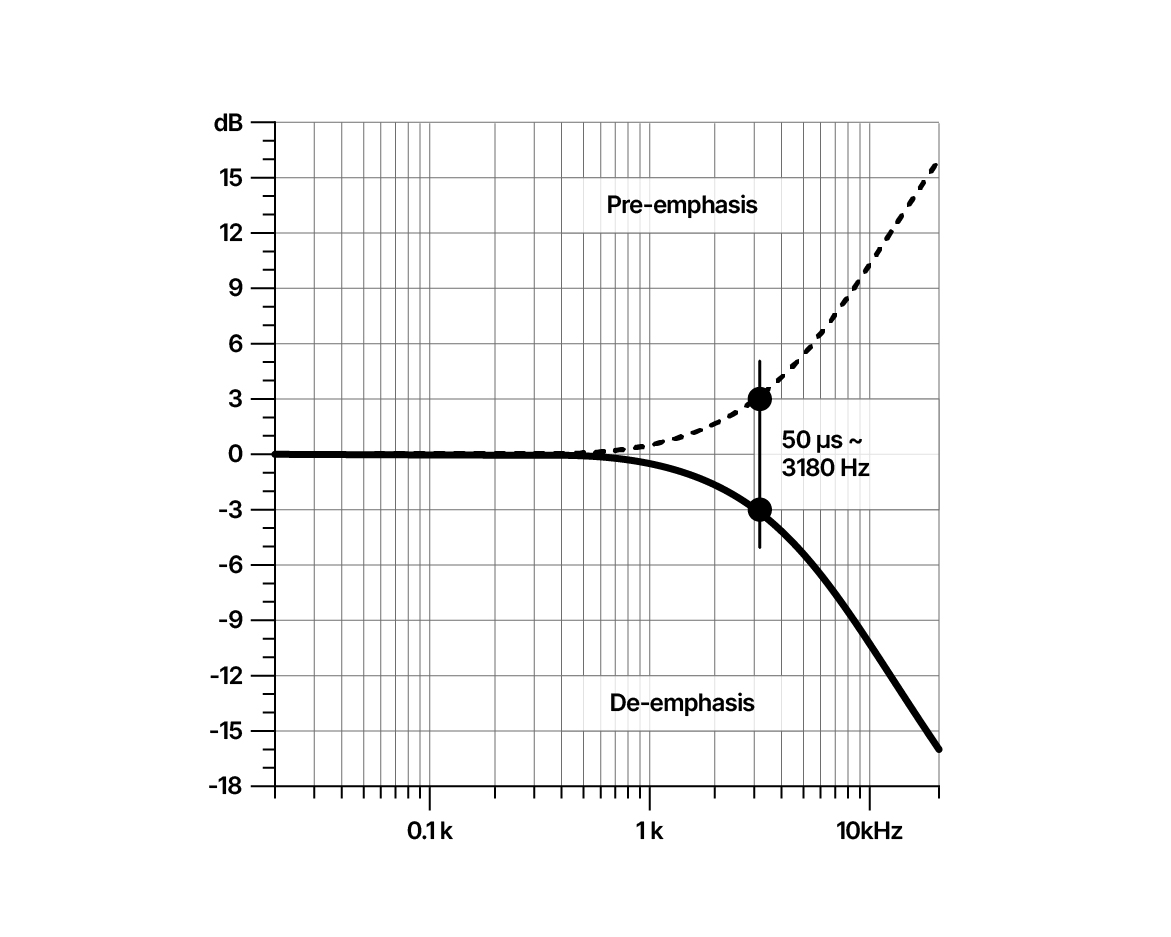
Figure 3.02. Pre-emphasis, here with 50 µs.
Noise reduction (analog systems).
As a rule, noise reduction (NR) systems differ from manufacturer to manufacturer. This is why it is wise to use transmitters and a receiver of the same brand. There may even be several NR systems within a single brand (e.g., HI-DYN, HI-DYN plus and HDX from Sennheiser).
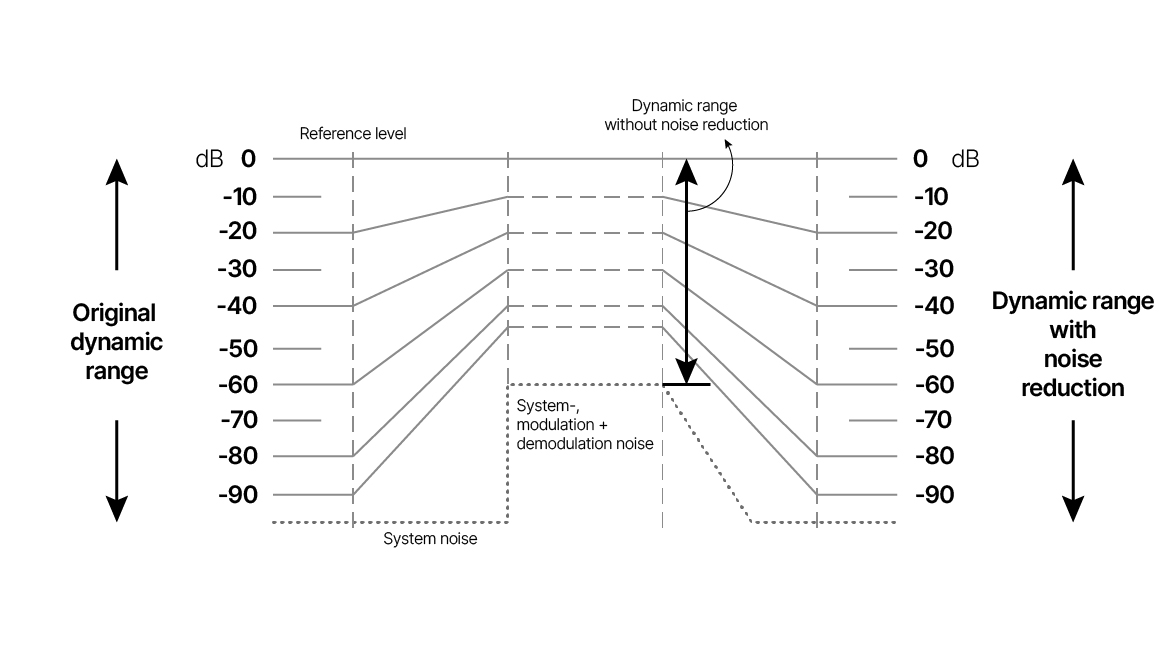
Figure 3.03. Principle of analog noise reduction.
The emphasis and noise-reduction systems are called compander systems, a contraction of the terms COMpressor and exPANDER. They come in many different versions with higher/lower standards, including multi-compression systems. The overall impressions of this technique's behavior range from pretty bad to very good (typically following the cost of the system).
The various systems applied for analog transmission improve the dynamic range by 15 to 25 dB, resulting in a dynamic range above 90 dB over a large part of the sensitivity range.
